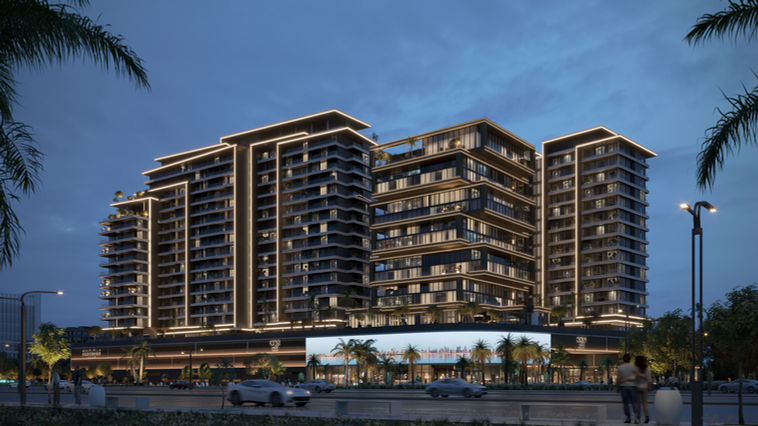
How Architectural Visualisation Services Bring Designs To Life
Visual tools have become an essential part of design-related fields. Among them, architectural visualisation services have gained wide use for their ability to create clear images of structures before construction begins. Through digital techniques, architectural visualisation services allow clients and professionals to see how a space may look, making it easier to approach projects with more clarity.
Clear communication between designers and clients:
Visualisation removes much of the guesswork in architectural discussions. Instead of relying on technical drawings, people can look at realistic renderings. These images create a shared reference point, which makes it easier for clients to express preferences and for designers to adjust layouts or features accordingly. This type of visual clarity supports better planning and smoother discussions.
Better design assessment:
Realistic images, walkthroughs, and 3D models give a fuller picture of the proposed space. With lighting, textures, materials, and furnishings all presented clearly, there is less chance of unexpected outcomes once the building work begins. This allows changes to be made early, which can save both time and resources.
Effective presentation for stakeholders:
When architectural projects involve investors, planners, or approval committees, visuals improve the way ideas are presented. Renderings and animated walkthroughs provide a clear and detailed look at the overall layout and finish. These visuals make it easier for others to understand how the completed structure might look, supporting faster and more confident decisions.
Helps predict interaction with the environment:
Visualisation services make it possible to see how a design might sit within its surroundings. This includes natural light, nearby buildings, landscape features, and public access areas. Accurate representation of scale and positioning creates a stronger sense of how the space may work once constructed. It also supports changes that improve comfort, aesthetics, or practicality.
Supports marketing and planning:
Architectural visualisation is not limited to internal design purposes. Developers and sales teams also use it to attract interest in new properties. A visually rich presentation, especially when paired with digital tours or brochures, creates a stronger first impression than basic sketches or plans. This often leads to quicker engagement from clients or tenants.
Architectural visualisation services continue to grow in usage across many building and design projects. From residential spaces to larger commercial developments, they provide a clearer and more interactive way to present spaces before they exist. This approach encourages better planning, more accurate outcomes, and stronger collaboration between all involved.